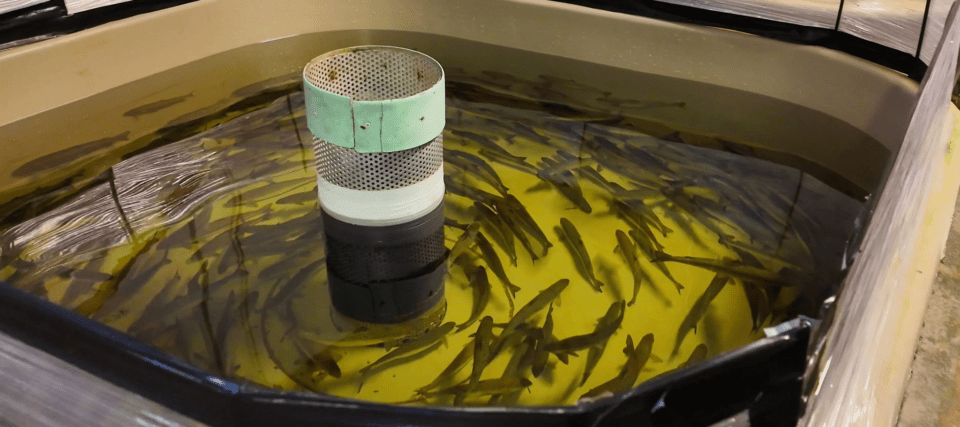A groundbreaking conservation fund to help save Scotland’s iconic wild salmon is now open for 2025 applications.
Salmon Scotland’s wild fisheries fund will invest an additional £230,000 over the next year to address declining fish numbers by restoring habitats, protecting against predators, and supporting river restocking. This is part of a broader five-year, £1.5 million investment from salmon farmers.
Now in its fourth year, the fund closes on March 31, and grants are available to all river catchment organisations across Scotland, with a particular focus on areas where aquaculture and wild salmon fisheries overlap.
Wild salmon and sea trout populations across the UK have been in decline for decades, largely due to habitat loss and rising river and sea temperatures. Their marine survival rate has dropped to between one and five per cent, compared to around 25 per cent 30 years ago. The Scottish Government has also identified other pressures facing wild salmon, including non-native plants, predation by fish, birds, and seals, and obstacles to fish passage, such as dams and weirs.
Previously called the ‘wild salmonid fund,’ around £475,000 has been invested since 2021 in projects such as restoring a historic dam in the Western Isles to help wild salmon reach their spawning grounds, and efforts to reduce riverbank erosion and provide cover for young salmon.
Last year, eight projects were funded, including the West Coast Gene Bank, a partnership between Otter Ferry Seafish and the River Ruel Improvement Association, which helps restore Atlantic salmon populations in the River Ruel by growing young salmon into adults in a hatchery. Another initiative was a habitat restoration project on the Mauchline Burn, run by the Ayrshire Rivers Trust, which installs livestock fencing and plants trees to stabilise riverbanks and create new habitats for salmon.
The 2025 fund will again be co-ordinated by Jon Gibb, a fisheries manager based in Fort William in the heart of the aquaculture sector, who has championed a constructive relationship between the farm-raised salmon sector and fisheries and angling groups.

